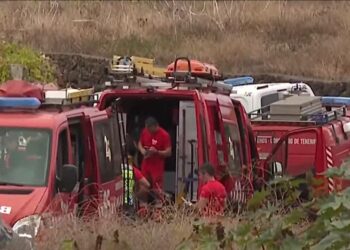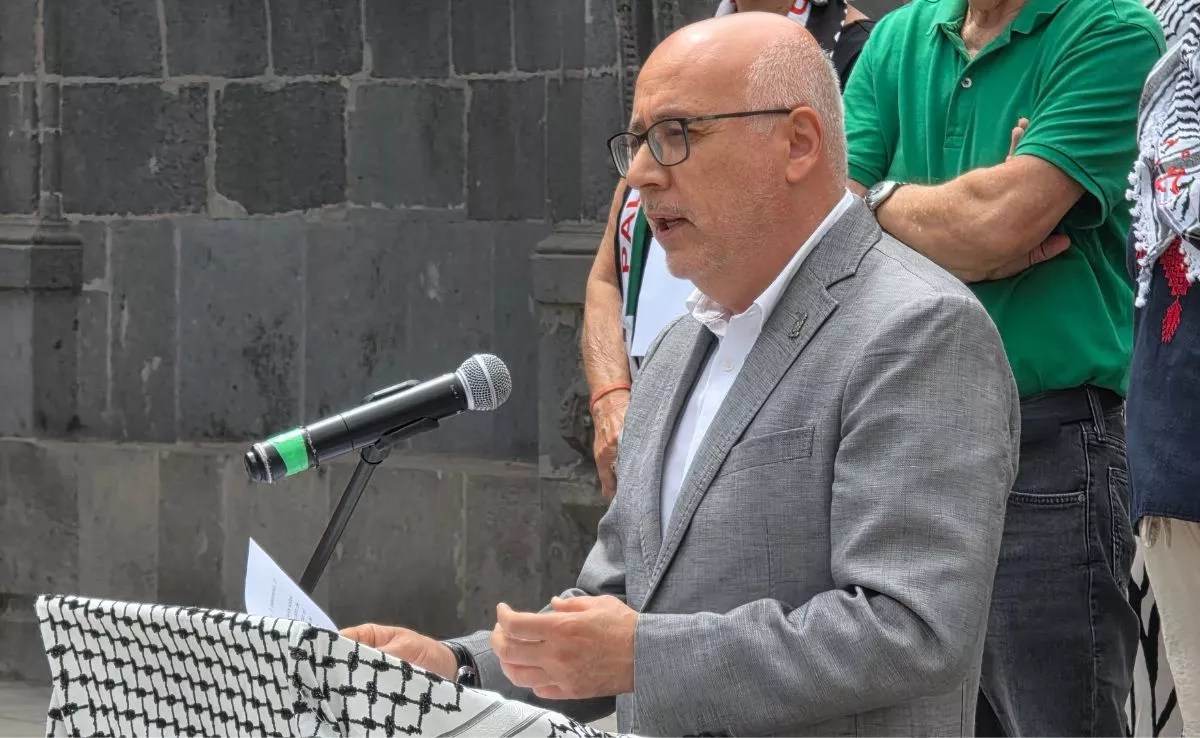This square, located on an area of 1,200 square meters, begins where San Agustín Street ends, right next to house number 56, owned by Mrs. María del Carmen Rodríguez Rivero, which was inherited from her family and dates back to 1890. One One of the values of this stately home is its central patio with a fountain and two centuries-old camellias, one with red flowers and the other white, which are the tallest and oldest in the City, as a consequence of the characteristics of the lagoon climate, winters humid and mild summers. The square ends at its meeting with Belén Alley and San Diego Avenue.
Since 1903 and due to the events that occurred in Spain in 1808, due to the invasion of the French, it was renamed Plaza de la Junta Suprema de Canarias, previously it was known as the Plaza del Juego de los Bolos, because this game was played there. sport-game, according to Rodríguez Moure. It was also popularly called “Flower Square” for its beautiful and colorful gardens. The old dragon tree, araucaria, palm trees and other ornamental plants remain in their current flowerbeds.
THE STONE OF THE BRAVE
In this square it existed until the 20th century the stone of the brave, beautiful block of basalt where the eaters of gofio They credited the strength of their muscles. (R. Moure).
The Hon. City Council of the City of La Laguna, on the first centenary of the war of independence, dedicated and placed in the square, a tombstone to the heroic loyalty of the Archipelago and the patriotism of the famous men who, assuming all the insular powers, exalted the name of the Canary Islands. This tombstone reminds us that on July 11, 1808, when mainland Spain was occupied by French troops, the Supreme Board of the Canary Islands was established under the presidency of Don Alonso de Nava y Grimón, in San Cristóbal de La Laguna, which would govern the destiny of the Canary Archipelago until the invading army was expelled. This Board was formed by all the island councils, with the exception of Gran Canaria, which, assuming the destiny of the Canary Archipelago, agreed to dismiss the then Captain General Fernando de Cagigal.
The Royal Economic Society of Friends of the Country of Tenerife placed a bust and plaque to Don Alonso de Nava y Grimón, VI Marquis of Villanueva del Prado, on the Society’s bicentennial (1777-1977). This monument is the work of the Laguna sculptor Fernando García-Ramos (La Laguna, 1932-2024).
MONUMENT TO THE POET TABARES BARTLETT
The square once had a fountain, where today there is a small garden and a marble monolith with the bust of the poet born in Santa Cruz de Tenerife in 1850, Don José Tabares Bartlett. This work by the Canarian sculptor Francisco Borges Salas, who was also mayor of La Laguna, provincial deputy and secretary of the Royal Economic Society of Friends of the Country, was installed in 1922 at the initiative of La Laguna students and popularly paid for. The poet Tabares Bartlett died in La Laguna in 1921, his mortal remains rest in the San Juan cemetery, in the paternal and filial tomb with his son, who died when he was only 19 years old, and his wife Mrs. María de los Dolores Tabares and Nava.
On the front of the monument that La Laguna dedicates to the most important of the poets of the so-called Regionalist School, a part of his best-known poem is engraved, and which was a must-see for reading by high school students from the nearby Institute of Canary Islands (today, Cabrera Pinto):
Have for the offense received/prompt forgiveness, forgetfulness for the damage;/and always free from evil and deceit/carry your head upright through the world.
At the other end of the square, closest to the church of La Concepción, a three-meter-high stone monolith was installed in 1964, with the coat of arms of the City and with the titles of Faithful and Illustrious History, which They were granted to it by the Council of Ministers that year, according to the opinion of the Royal Academy of Fine Arts, which are added to those of Noble, Leal and World Heritage.
Next to this monolith, the Hon. In September 2012, the San Cristóbal de La Laguna City Council placed a plaque dedicated to the heroic soldiers sent by the Supreme Junta of the Canary Islands to defend the homeland during the War of Independence (1808-1814). The Canary Islands Light Infantry Battalion and the Canary Islands Veteran Artillery Brigade. The lagoon.
Buildings and homes of great architectural value and different styles are preserved around the square. The municipal housing company Muvisa is currently located in one of them.
The actions of the Special Plan for the Protection of the Historic Center of La Laguna, approved in 2000, totally modified the romantic spirit of this beautiful lagoon corner, eliminating the old stone benches, the old street lamps and, above all, cutting down the dedicated spaces to the flowers.
















